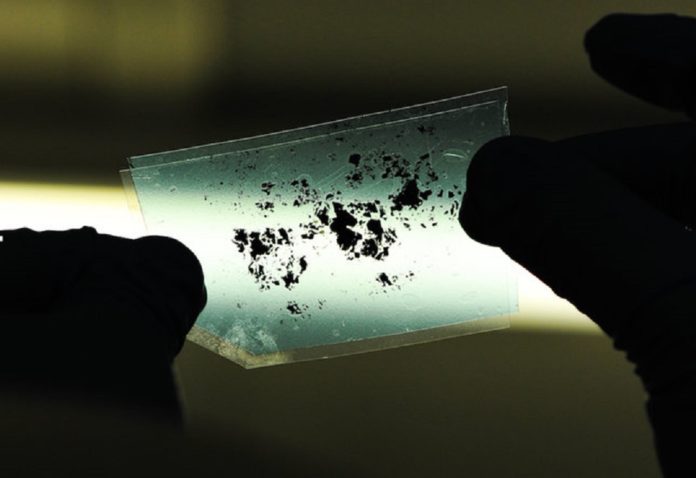Scientists from the Lancaster University in the United Kingdom have invented a simple technique for confirming the authenticity of an object. Professor Robert Young and his colleagues have developed a new method that can engrave things with atomic fingerprinting to keep phony products at bay.
This method of atomic fingerprinting is an advance that could put a dent in the counterfeit industry, where fakes, forgeries, and imitations cost the global economy half a trillion dollars in lost revenue each year.
Professor Young said, “There is no bigger crime than counterfeit crime”.
In the cosmopolitan world of counterfeiting, it can ordinarily be difficult to tell fake from the real bestow.
The new anti-counterfeiting method has two components. They are as follows:
- A unique molecular pattern to incorporate into a holographic label.
- A Smartphone app.
The eccentric pattern is created deliberately by fabricating flaws into an atom-thin layer of material, such as graphene oxide. Flaws may include removal of a carbon atom or creation of a ridge of atoms. Once the flaw gets set, the material was assimilated into an ink. Scientists then used an inkjet printer to print it over a hologram, which can be added as a label to any product.
The Smartphone camera and its built-in flash are essential to capture the label and confirm the presence of the atomic pattern. The flash excites the atoms, and produce a unique color based on the pattern. A corresponding app can abruptly analyze the image and confirm whether the label is authentic or not?
Young said, “I am really satisfied with how simple it is.”
This atomic fingerprinting technique is easy to incorporate and analyze. It ensures that it’s widely adopted and much faster. Solving such an extensive problem like counterfeiting requires a solution that can be adopted by a large number of people.
According to scientists, the automotive industry could be the first application of it, where parts are already spray-painted with the label.
Young said, “We’re expecting the first products in the market in the first quarter of next year, in 2018.”
Researchers are now hoping the technique to branch out other industries, including pharmaceuticals.
Young said, “Thirty percent of counterfeit pharmaceuticals don’t contain the correct active ingredient, and People buy these things, believe they’re real, but they’re not being treated for the disease.”
“Eventually, this atomic fingerprinting technique could be laminated directly onto individual pills. This is genuinely a really exciting application.”
